Paxman: Medical Scalp Cooling Systems Leader
A comprehensive analysis of the medical scalp cooling systems leader.
Content:
• Company Overview
• Market Overview
• Economic Moat
• Business Strategy
• Capital Allocation
• Advantages
• Disadvantages
• Competitors
• Past
• Future
• Current Valuation
• Fair Price
• Checklist
• Due Diligence
• Investment Thesis
Analyst’s Note:
The first time I wrote about Paxman on my Patreon was in January 2025. Since then, the stock has risen by more than 25%. Another notable “hype” stock nowadays is Nebius - the first time I wrote about it at the beginning of the year.
Company Overview
Market Cap: SKR 1.7B (~$177.6M)
Sector: Healthcare
Industry: Medical Devices
Type: Small Growth
Total Number of Employees: ~102
Next earnings report: Aug 20, 2025 (confirmed)
Total Debt: SKR 9.54M (~$950K)
Cash & Investments: SKR 152.72M (~$15.20M)
Beta: 0.36
Website: www.paxman.se
Paxman AB (STO: PAX, PXMBF) is a Swedish medical technology company founded in 1996. The company develops and sells a medical scalp cooling system that helps reduce chemotherapy-induced hair loss. These systems are used in more than 65 countries.
In 2024, the company installed 618 systems, and 173 of those were in the United States.
In the first quarter of 2025, the company continued its strong performance, with sales reaching 67.1 million SEK, up 14.5% compared to the same quarter last year.
The company is led by CEO Richard Paxman (LinkedIn), the son of the company’s founders. He has been the CEO since 2013 and is responsible for global growth, research investments, and new product development.
In 2025, Paxman completed its acquisition of Dignitana, a major competitor in the same industry. The company is building a new headquarters and production facility in Huddersfield, set to open by the end of 2026, which will improve manufacturing and logistics for future growth.
The prevalence of cancer is growing globally. On average, one in two people will get cancer in their lifetime. There were an estimated 20 million new cases of cancer globally in 2022, which is expected to rise to 32.6 million in 2045.
Economic Moat
The company holds a strong position in a narrow but important market. Its scalp cooling system uses a liquid-based method and is protected by patents until 2031. It is also supported by clinical studies, including the first randomized, multicenter trial in the U.S., completed in 2017. The system is approved in several countries, including the U.S., Japan, and Australia. Paxman’s system is known for its ease of use, hygiene, and comfort. The company also offers a range of cooling caps to improve fit and user experience.
To read: Paxman Scalp Cooling System Is FDA Approved for Chemotherapy-Associated Alopecia
In 2024, the American Medical Association approved three permanent CPT (Current Procedural Terminology) I codes for scalp cooling. These codes take effect in 2026 and mark a major step forward for insurance reimbursement. Paxman’s treatment is now seen as a standard medical service, not an experimental one. This recognition builds trust with hospitals.
CPT (Current Procedural Terminology) codes are a standardized system of codes used by physicians and other healthcare professionals to describe and report medical procedures and services. These codes are crucial for billing, claims processing, and medical reporting. They are maintained by the American Medical Association (AMA) and are used to ensure consistency and clarity in medical documentation.
In addition, the market is still largely untapped: over 4 million cancer patients per year could benefit from scalp cooling, but less than 1% are currently treated with it. This gives Paxman a long growth path ahead.
The scalp cooling caps market size was valued at $1.5B in 2025 and is expected to reach $3.2B by 2033, growing at a CAGR of 11.43% from 2026 to 2033.
Business Strategy
The company’s main strategy is to increase access to scalp cooling by using an insurance-based billing model in the U.S. By the end of 2025, all U.S. providers are expected to switch to this new model, which will allow full use of the new CPT codes. Paxman is also preparing to launch a second product: a cryocompression system to prevent nerve damage from chemotherapy. Clinical studies have shown positive results in Singapore and are continuing in the U.S.
Paxman adapts its business model for each market. In Japan, it works with a distributor; in Germany, it owns 49% of Paxman GmbH. In Canada, the company operates directly with local technicians. In 2024, the company also expanded into the Middle East and South Korea and added new distributors in India and China. Paxman is also working on a more cost-effective single-use cap and a topical product to increase treatment effectiveness and recurring income.
The company works with leading hospitals and cancer centers around the world. In the U.S., the company has a five-year contract worth $2.7 million with the Department of Veterans Affairs, covering multiple facilities under the National Precision Oncology Program.
To support patients in the U.S., Paxman partners with CoverMyMeds. This helps with insurance approvals and appeals and makes it easier for patients to access treatment.
Paxman continue to implement a process, as part of the insurance-based billing model, to help open access to Paxman Scalp Cooling for any US patient regardless of their insurance coverage or f inancial situation. The service offering helps patients and providers access scalp cooling through Paxman Hub services, and these services are offered through CoverMyMeds – a McKesson Company — Company’s Presentation.
The company also runs a Patient Assistance Program (PDF) that provides free systems to those in financial need. The company collaborates with top research centers, including the University of Huddersfield, the University of Leeds, and the National University of Singapore, for product testing and innovation.
Capital Allocation
In March 2025, Paxman raised 123.5 million SEK through a directed share issue. The funds will support three areas: the commercialization of the cryocompression system, investment in the new headquarters, and further product development. The new facility in Huddersfield will improve workflows and increase manufacturing capacity in 2026 and 2027.
In May 2025, the company completed the acquisition of Dignitana by issuing new shares valued at 153 million SEK.
At the end of Q1 2025, Paxman had a strong cash position of 153 million SEK. The company is still investing in growth while maintaining financial stability; it does not pay dividends.
Advantages
The global leader in scalp cooling technology. Its patented system is approved in many countries and supported by years of clinical data. It is recognized in major treatment guidelines such as NCCN in the U.S. and ESMO in Europe, giving it strong credibility with hospitals.
The insurance-based billing model is gaining traction. In 2024, 74% of patients using this model received positive insurance coverage. Another 65% of those without coverage were supported by the company’s patient assistance program. This shows Paxman’s success in removing financial barriers for patients.
Recurring income is rising steadily. In Q1 2025, the company earned 36 million SEK from repeat sales of caps and treatments, up 19% from the same quarter in 2024. This makes the business more stable and less dependent on new system sales.
Paxman is developing a second product, a cryocompression device to prevent nerve damage. Early clinical data are positive, and a larger trial is underway in the U.S. The company plans to commercialize this product in 2026, which will open a new revenue stream.
The company and its leadership have received strong recognition. Paxman won the SMART award from Innovate UK. Dr. Aishwarya Bandla and Claire Paxman received national and international awards for professional and leadership achievements, reflecting the company’s strong team and innovation culture.
Disadvantages
Currency risks that affect profits. In Q1 2025, it recorded a loss of 11.5 million SEK from exchange rate changes between GBP, USD, and SEK. The company does not yet have a hedging plan to protect against this type of loss.
Profit margins are under pressure from rising costs. In Q1 2025, EBITDA fell from 11.7 million SEK to 10.3 million SEK due to higher personnel expenses. The number of employees grew from 94 to 102, and pay increases were made to support expansion.
The insurance billing model is still being adopted. In early 2025, income from this model was lower than expected due to timing delays. Although more patients are using the service, revenue recognition was postponed, which could hurt cash flow if delays continue.
The company is investing heavily in growth. In Q1 2025, it spent 4.2 million SEK, including 1.7 million SEK for the cryocompression project. These investments are important, but they raise fixed costs and require continued strong sales to be sustainable.
There are integration risks after the Dignitana acquisition. Paxman must now combine operations, supply chains, and teams across two formerly competing businesses. If not managed carefully, this could disrupt service or delay projects during the transition.
Competitors
Paxman’s main competitor, Dignitana, was acquired in May 2025. Dignitana made the DigniCap system, another scalp cooling device. The merger removes a major rival and gives Paxman full control over product development and global sales in this niche.
Penguin Cold Caps (privately owned) offers manual cold cap systems. These are cheaper but less convenient, as they require personal assistants and have no automatic temperature control. Hospitals are more likely to prefer Paxman’s professional, automated systems.
Hilotherm (privately owned), based in Germany, offers cooling systems for other purposes, such as post-surgery treatment. While not a direct competitor in scalp cooling, it could compete with Paxman’s new cryocompression device in the future.
In Germany, Paxman increased its stake in Paxman GmbH to 49%. This gives more control in the region and reduces competition from semi-independent operations that existed before the ownership change.
In Asia, low-cost entrants may appear, but without CPT coding, clinical studies, or major insurance support, they are unlikely to be a real threat in major markets like the U.S. and EU.
Past
The CAGR rate for the stock over 3 and 5-year time periods is shown above. The stock overperforms the S&P 500. But please note that the company went public “only” in 2017.
Below are some significant recent events.
Paxman's chairman Per-Anders Johansson buys shares for SEK 0.35 million.
Paxman in Forbes: An article featuring Paxman was published in Forbes Magazine on May 29, covering the impact of chemotherapy-induced alopecia, scalp cooling, and patient motivations, as well as Paxman’s role and history.
Two Key Partnerships in France: In the last few months, Paxman had the privilege of being appointed as both the preferred supplier to Helpévia (a private sector purchasing group) and the exclusive partner of UniHA (a public sector purchasing group).
Paxman Acquires Dignitana: Paxman acquired Dignitana, another scalp cooling device manufacturer. The two companies will merge to create a new, unified group named Paxman AB. Two companies were once working in competition.
Dr. Aishwarya Bandla (Clinical Innovation Manager) received the prestigious Outstanding Young Professional Award.
Removing Financial Obstacles for US Patients: The company is working to transition all existing facilities in the US using the Paxman system to their Insurance-Based Billing Model.
You have read only the first part of the analysis. The second part is available for patrons of the project and includes:
Future Overview
Current Valuation, along with comparison with the industry
Fair Price Estimate with Base, Bull, and Bear case scenarios
Checklist
Due Diligence
Investment Thesis
This is not a financial or investing recommendation. It is solely for educational purposes.
If you like the content, please hit the like icon, leave a comment, and share the publication with your friends and colleagues - this will support the project. If you're ready to get access to additional materials, visit this page.



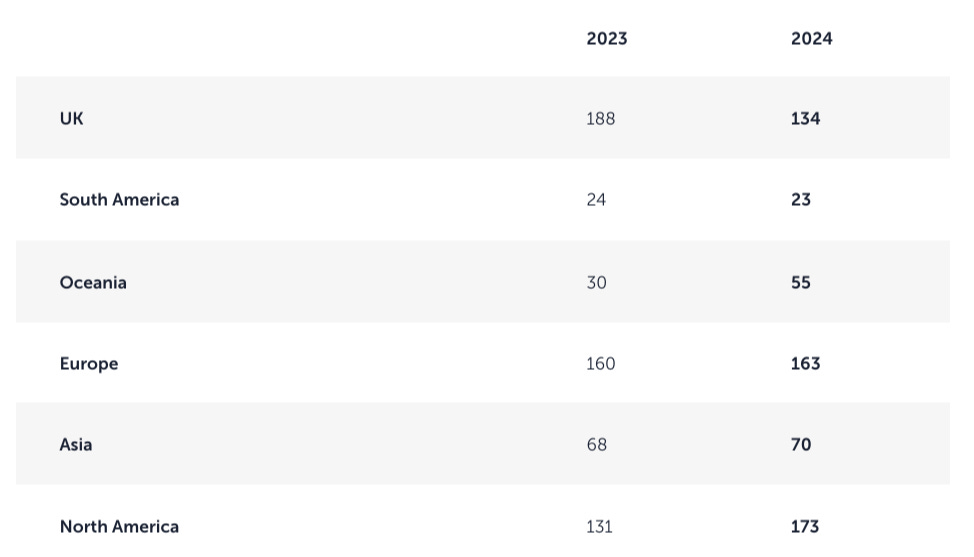
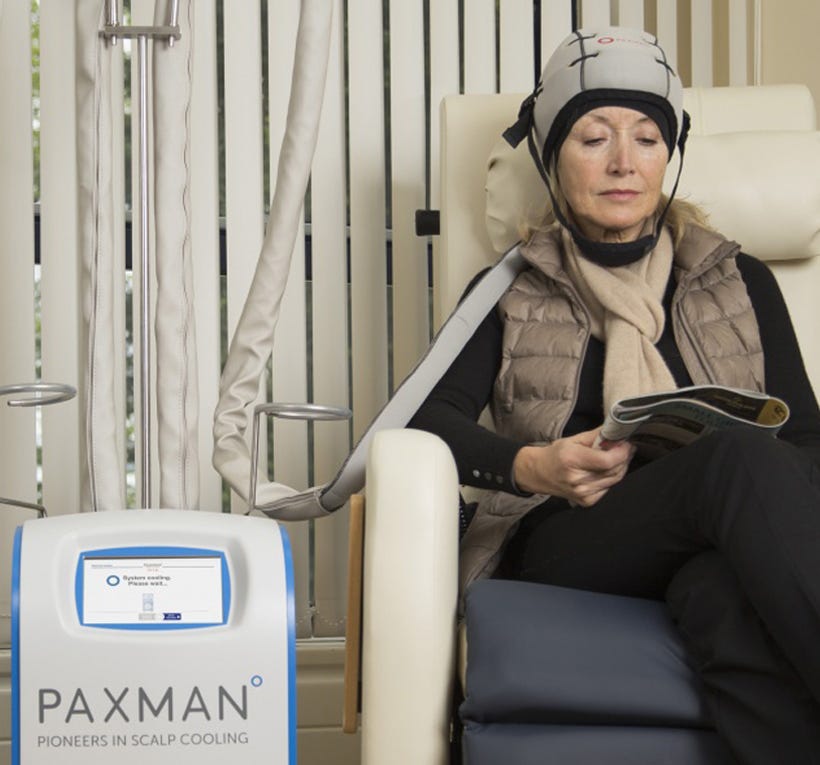
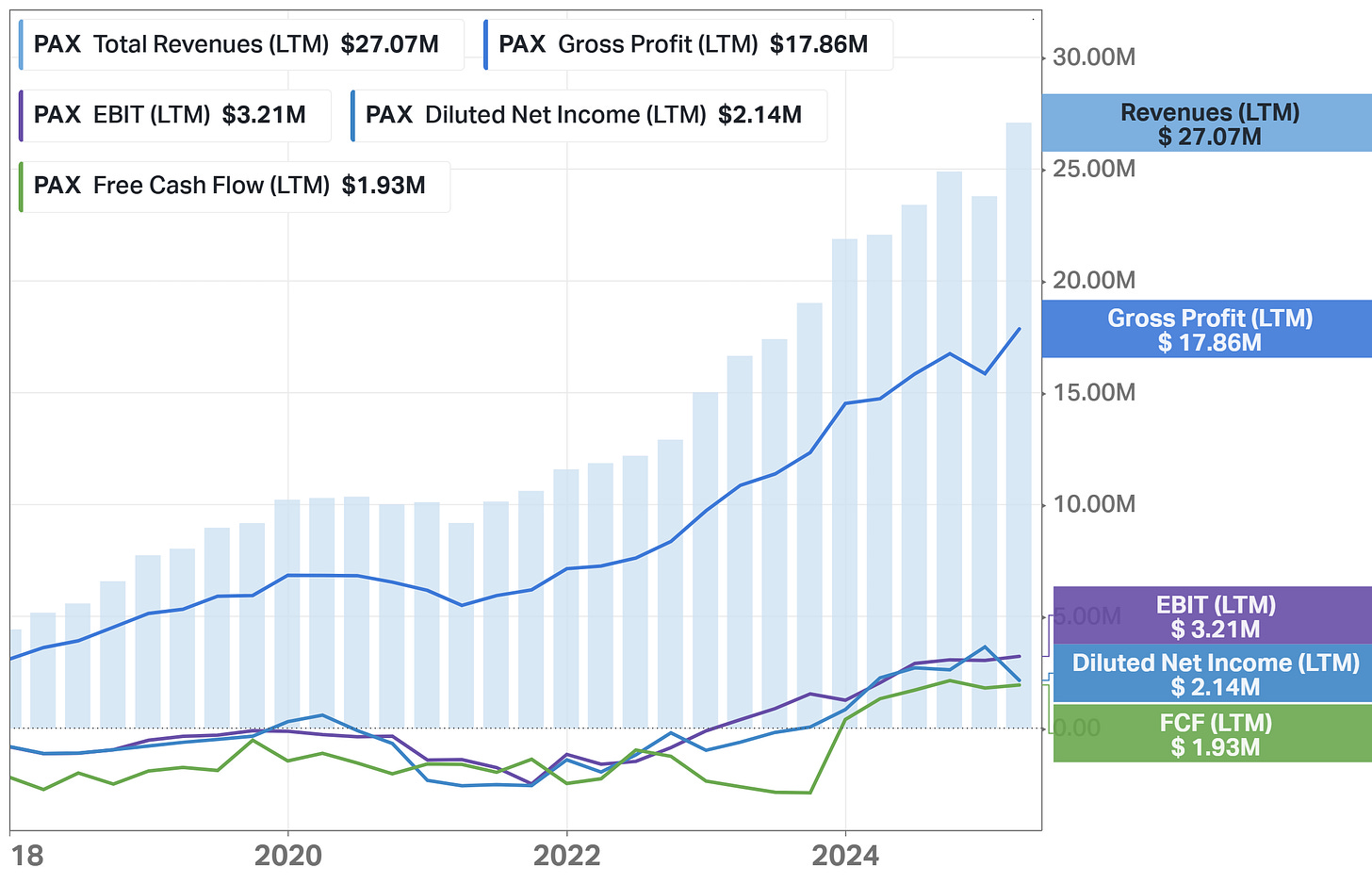
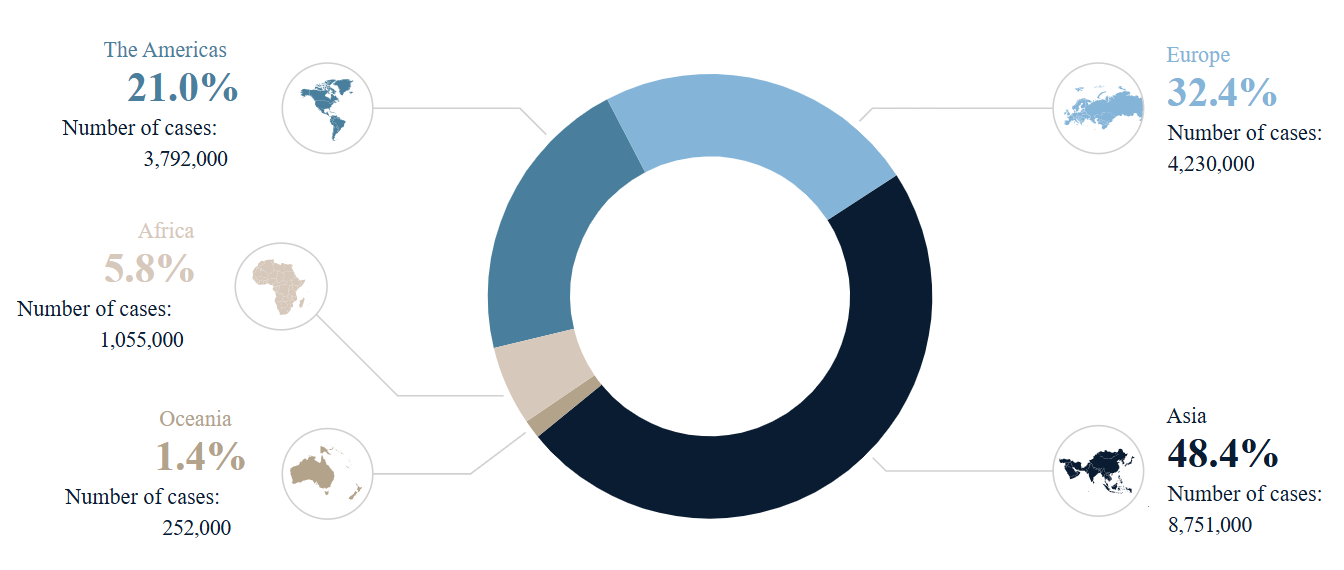
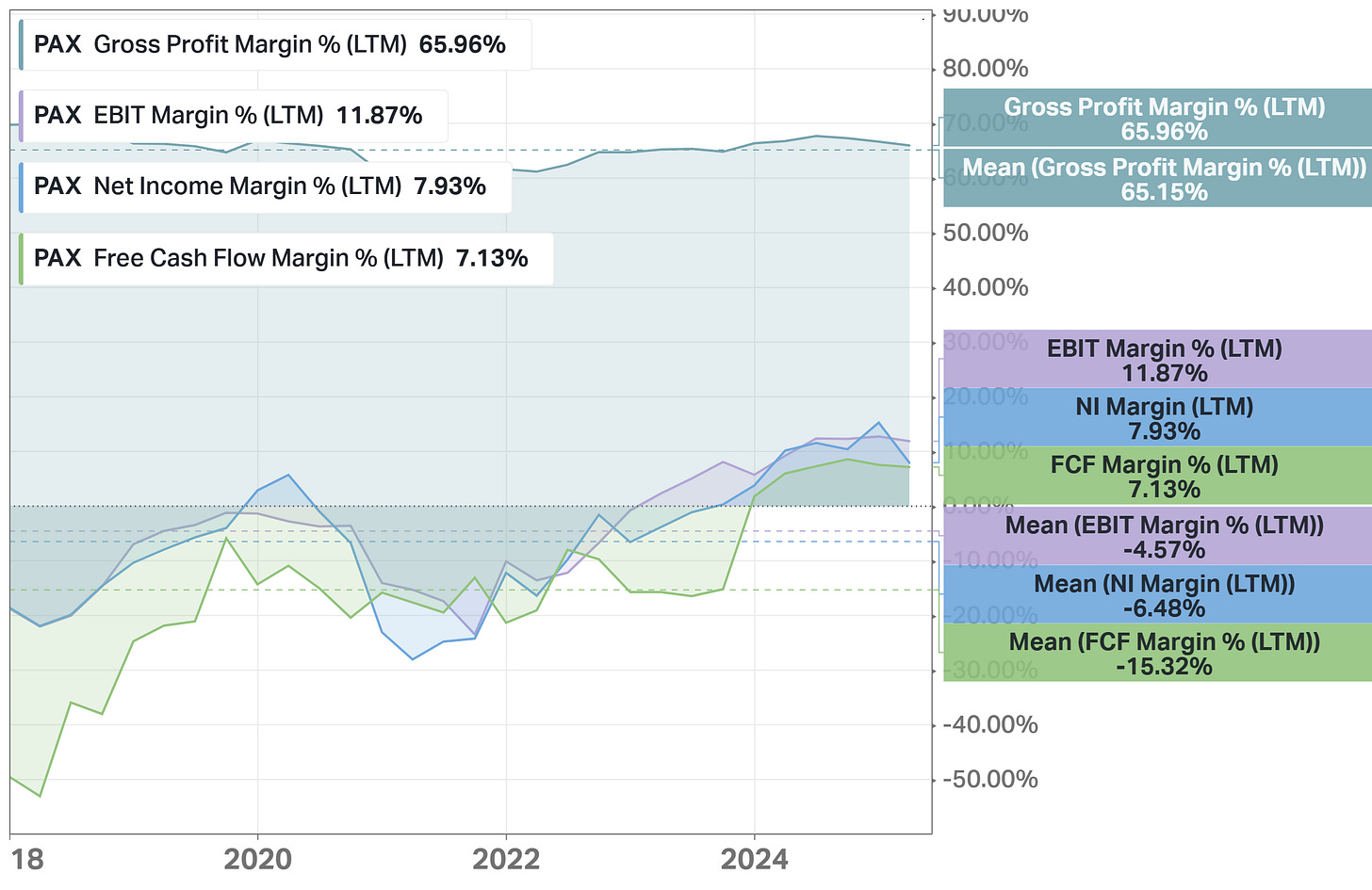
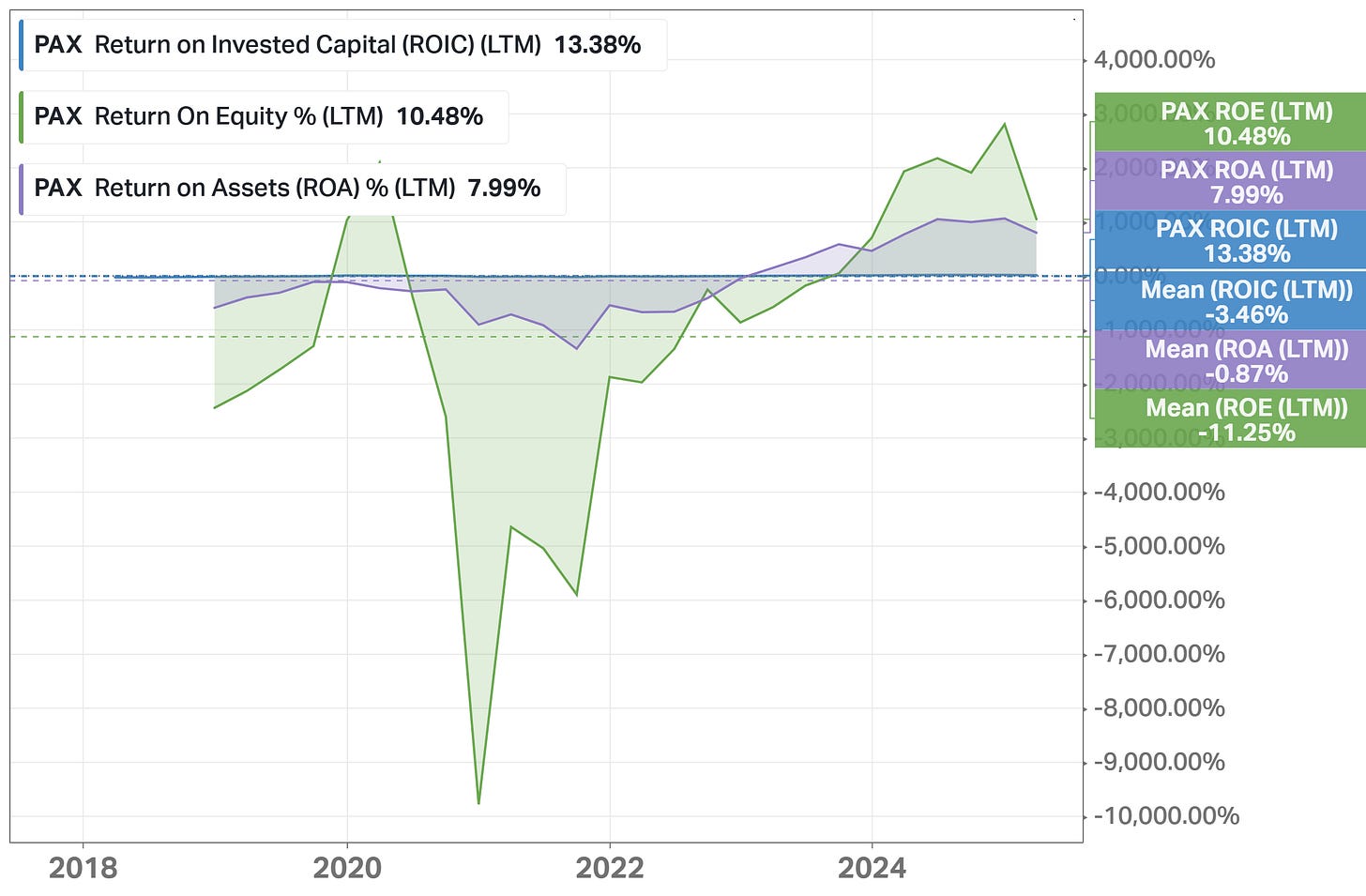
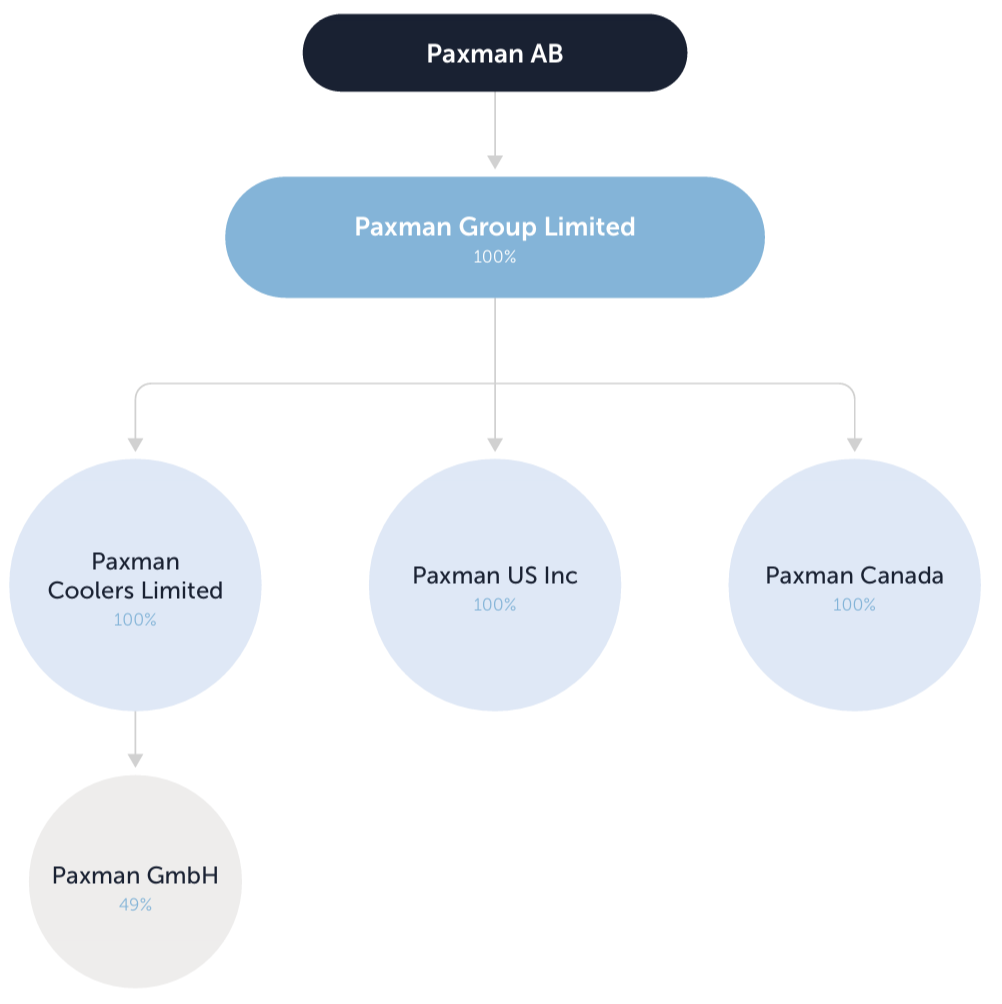
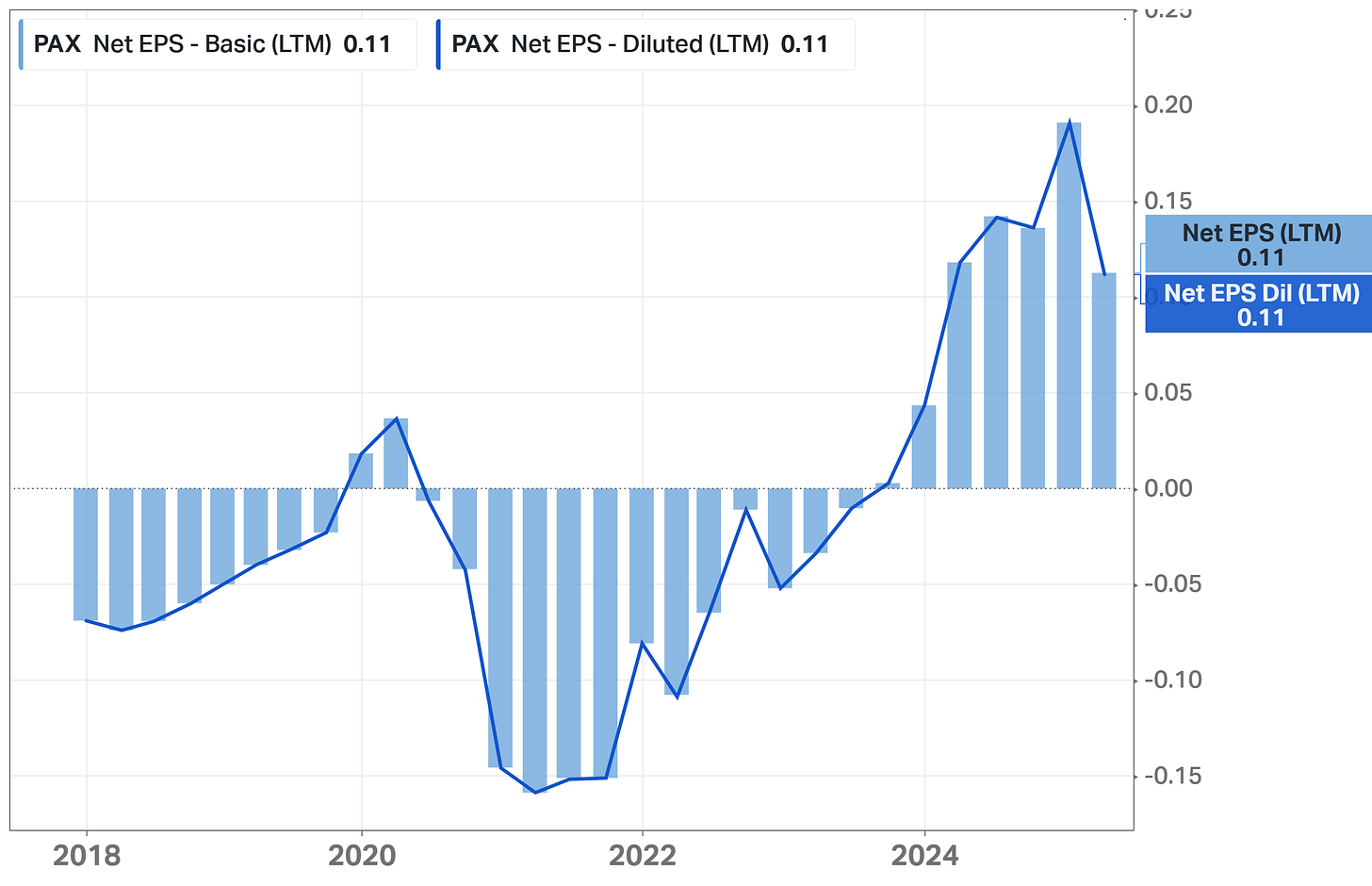
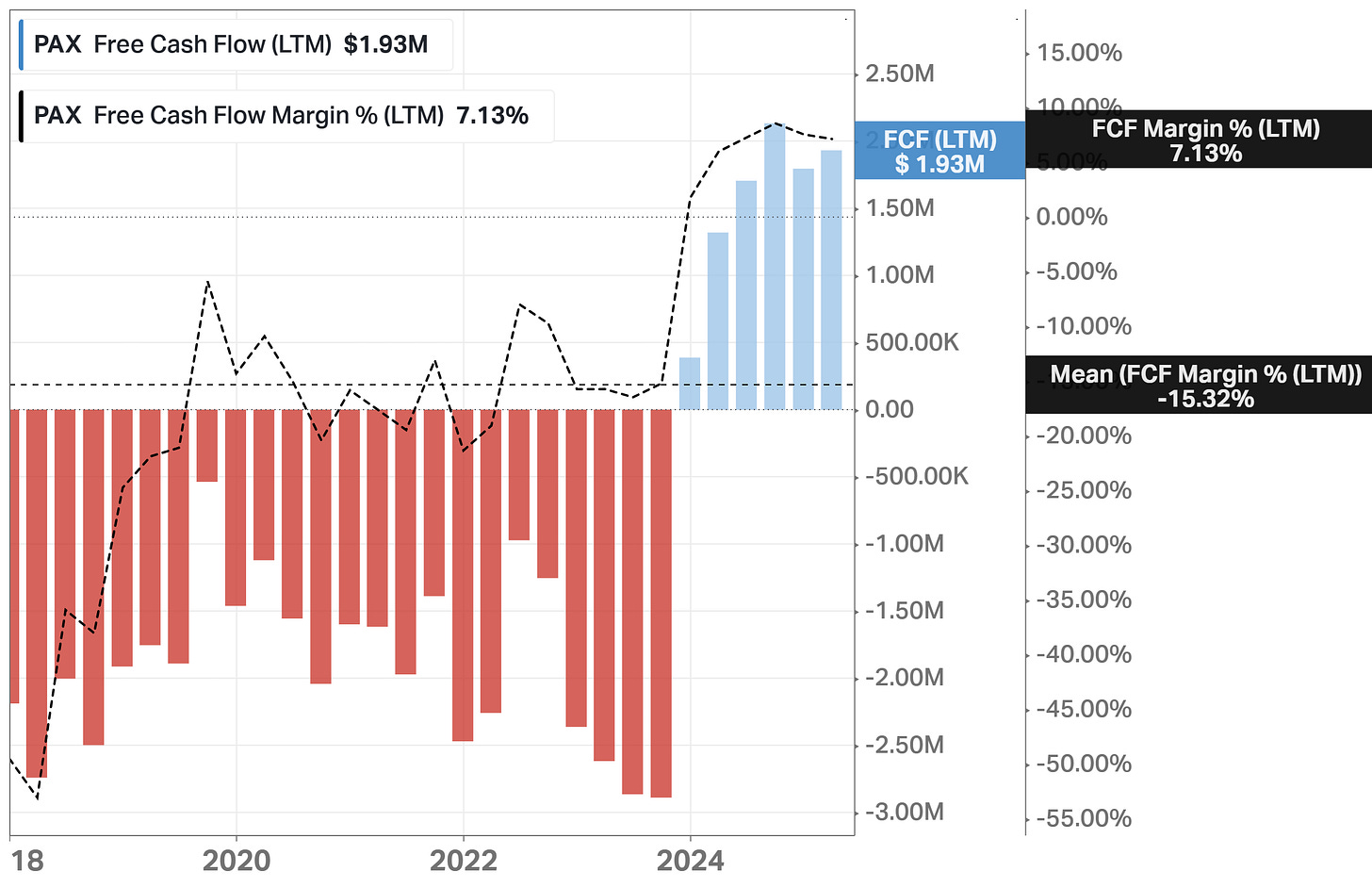
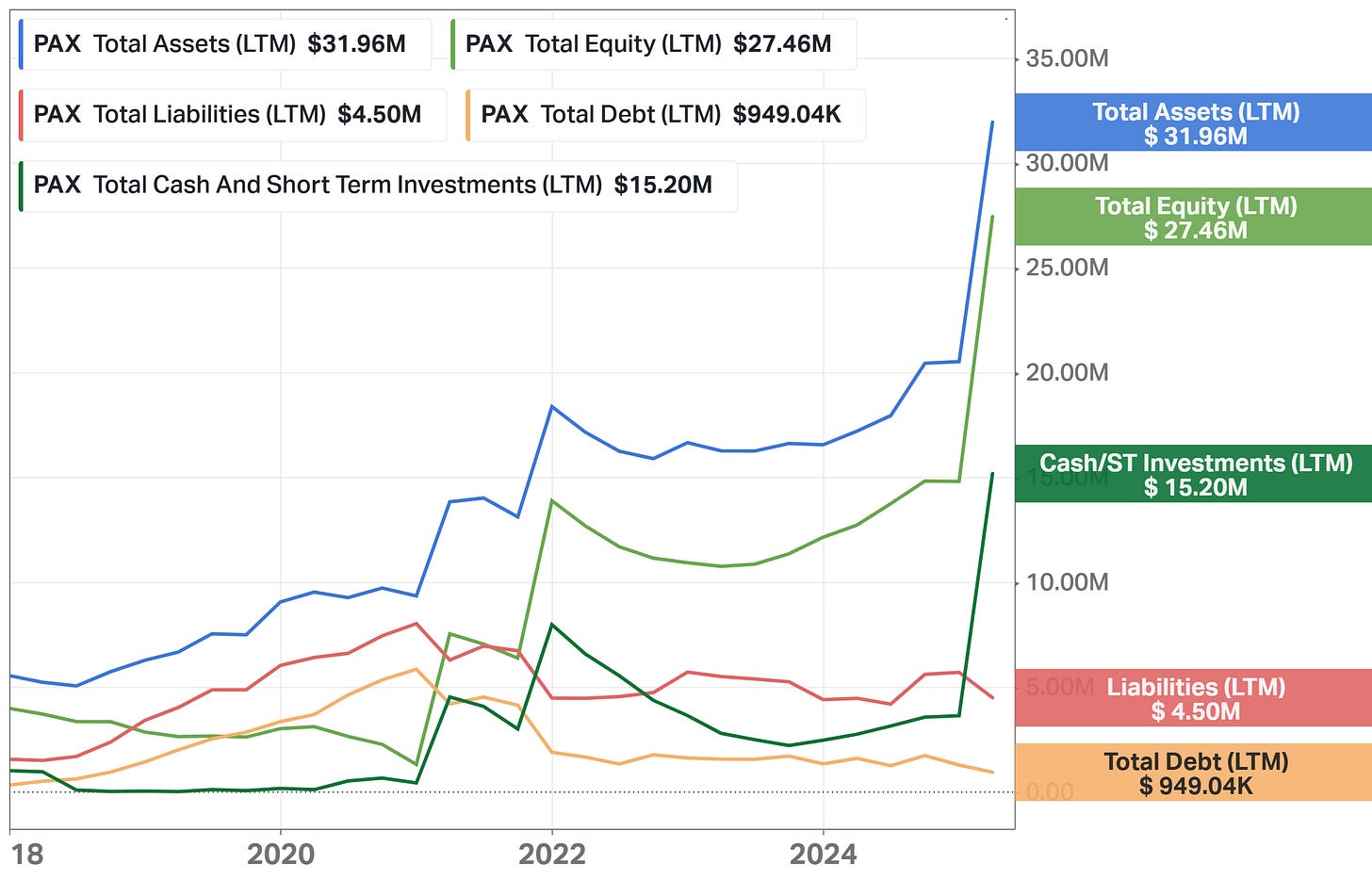
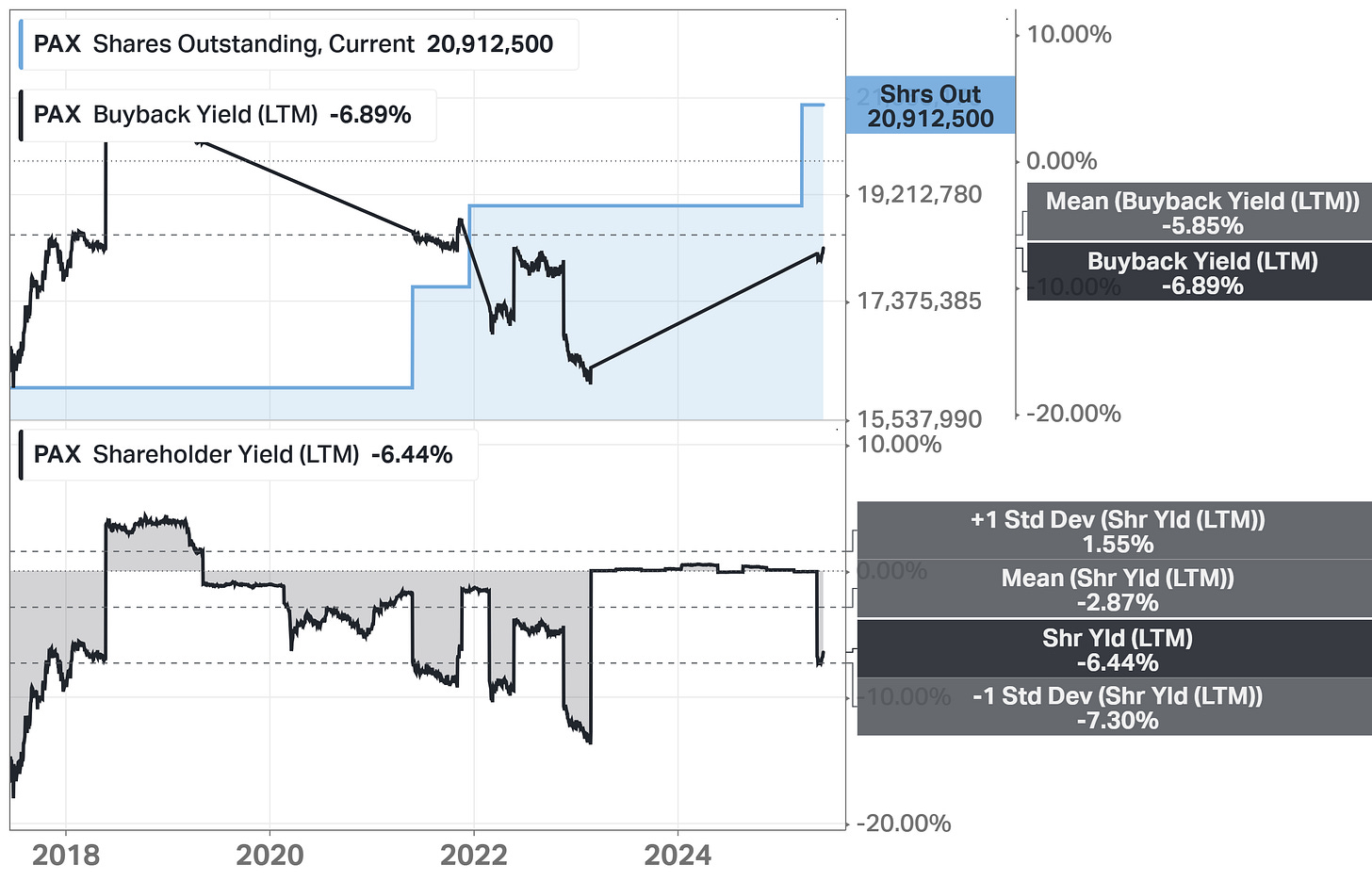
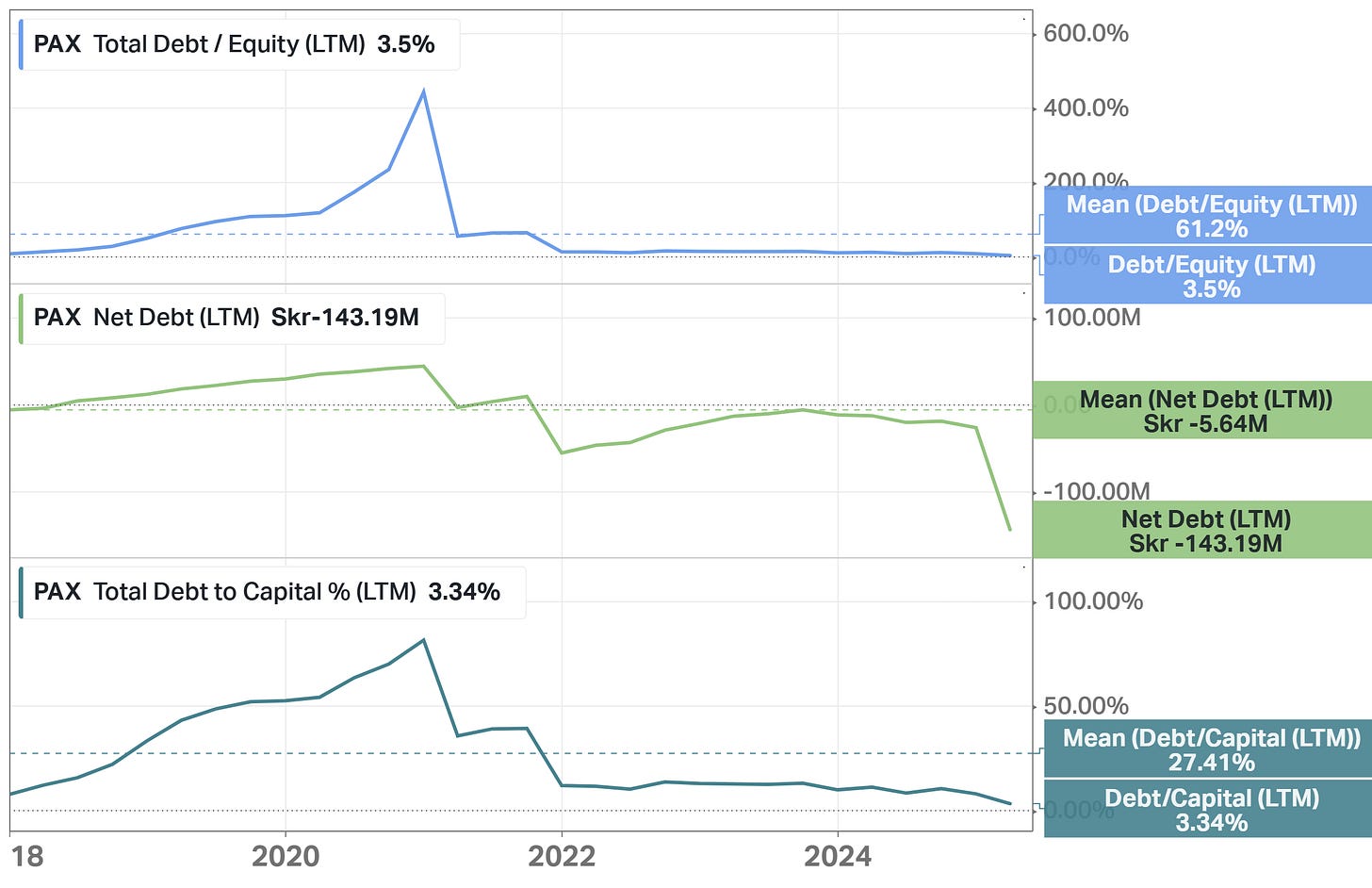



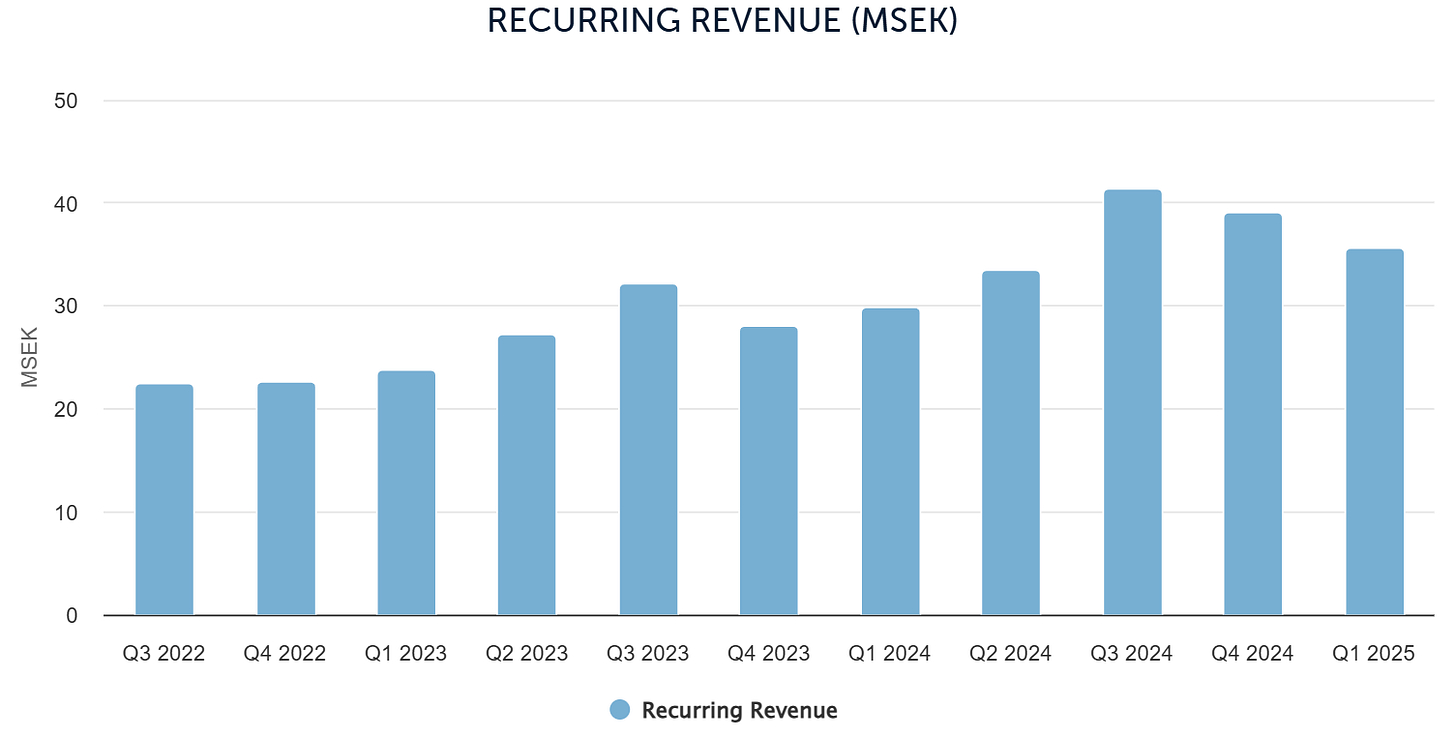




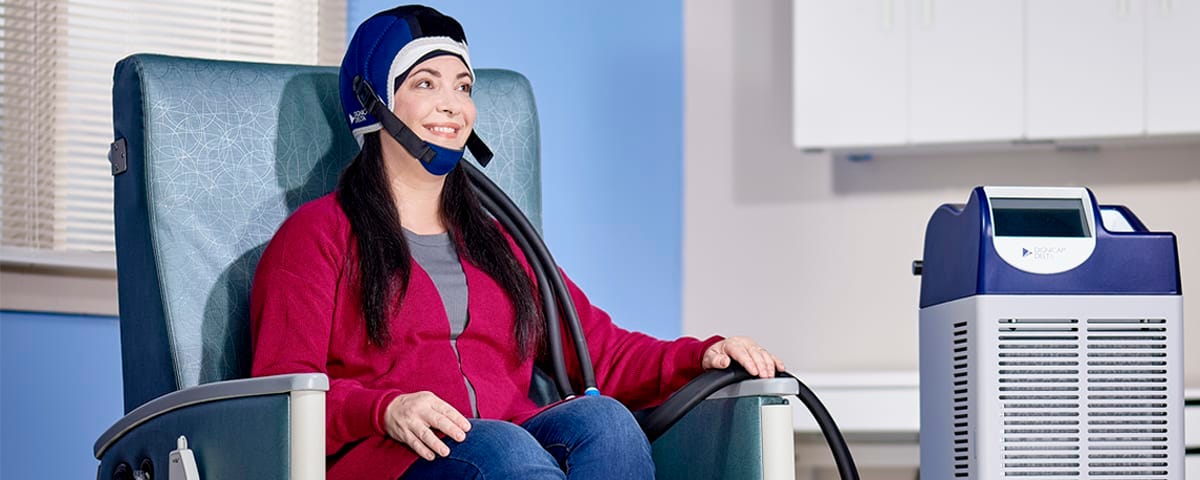
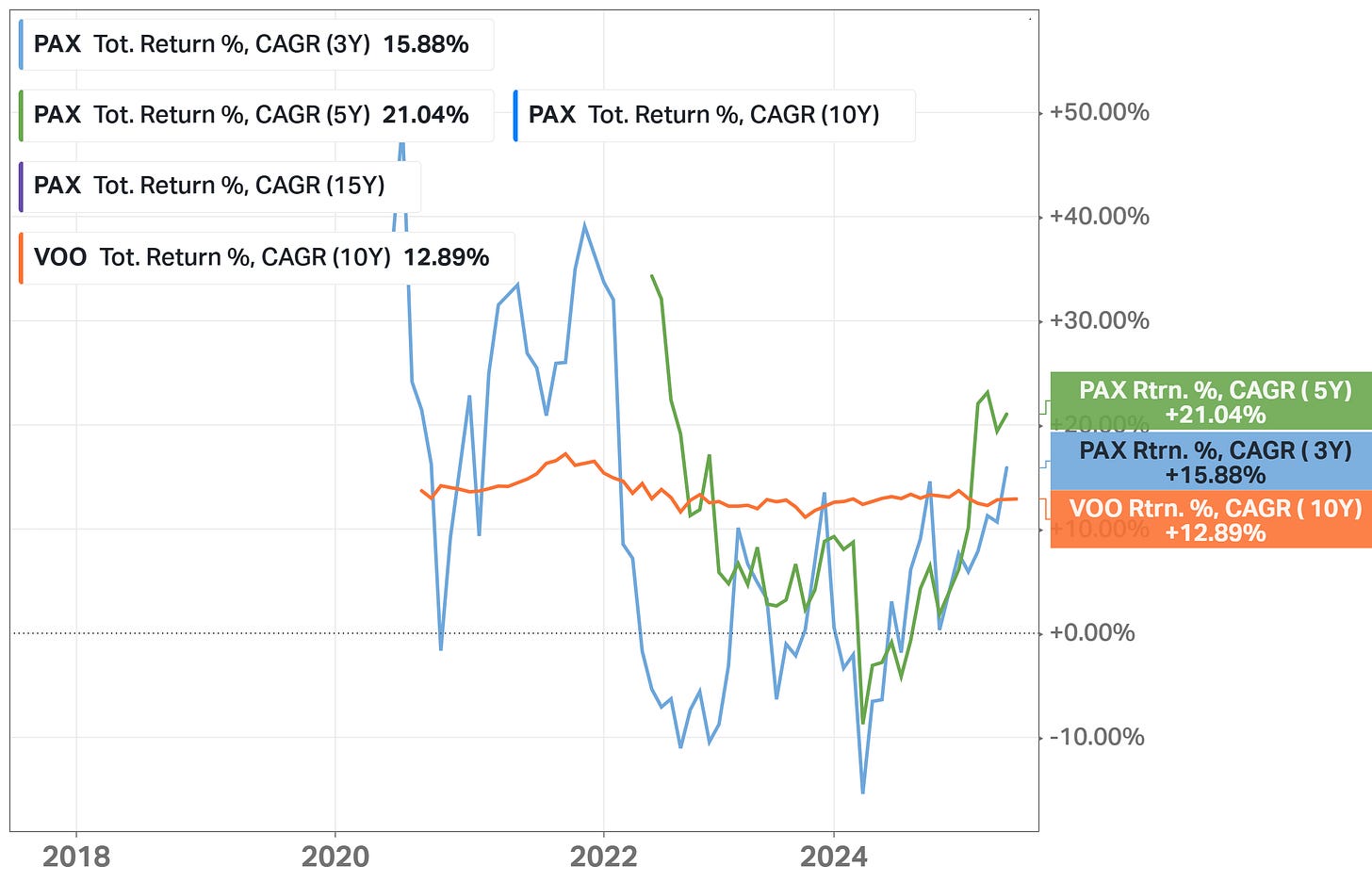
Really interesting look here. Didn't know much about them. Thanks for this one.